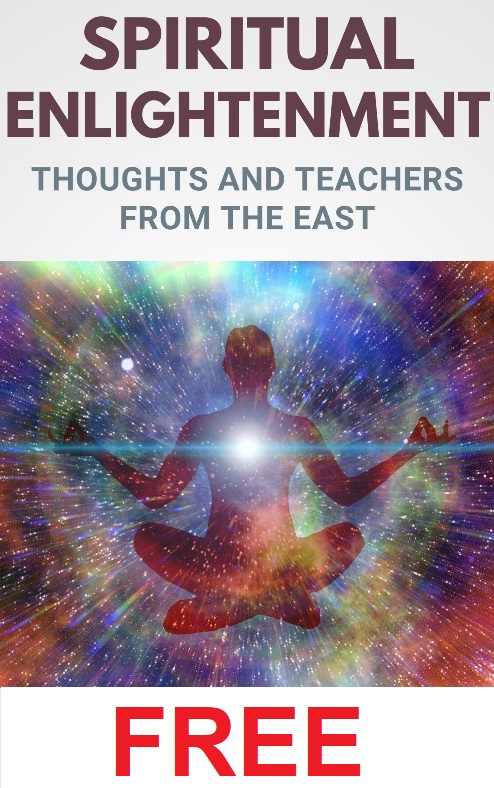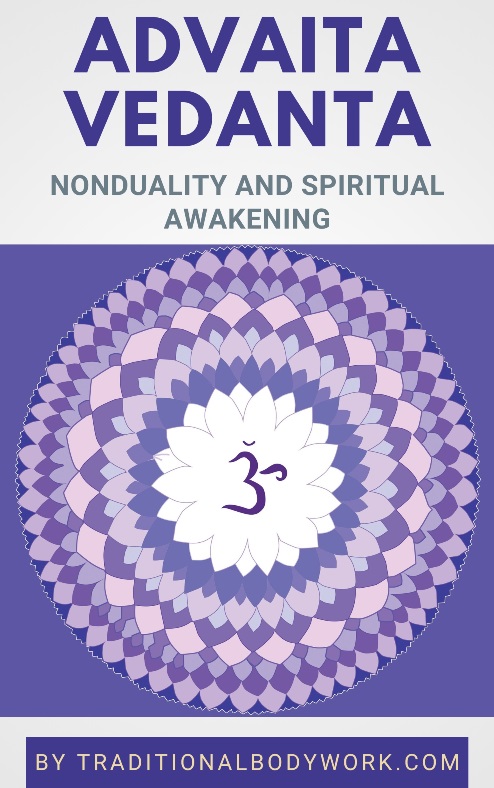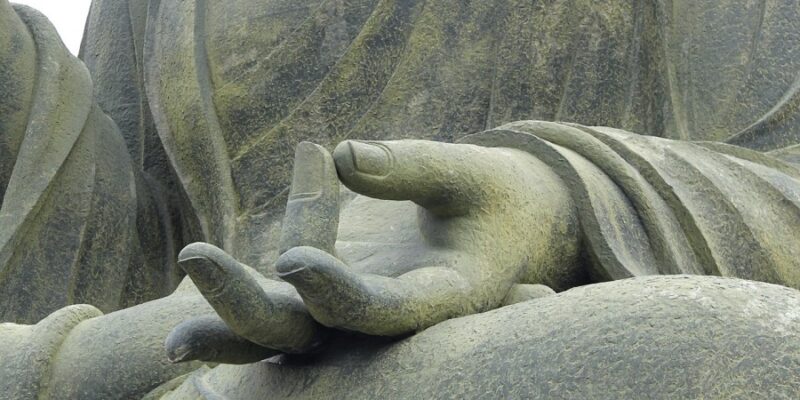
The Noble Eightfold Path is a path to Spiritual Liberation and freedom of the Cycle of Rebirth as expounded in early Buddhism. It’s the actual implementation of the famous Buddhist Middle Way or Middle Path, which urges us to avoiding extremes in life and finding a path of moderation and balance.

It consists of eight practices or attitudes people should carry out in their lives: the right view (right understanding), right resolve (right thought), right speech, right conduct (right action), right livelihood, right effort, right mindfulness, and right Samadhi (right concentration).
In Buddhism, the Noble Eightfold Path is often symbolized by means of the Dharma Wheel (see an example of this symbol in the lead image of this post), in which the eight spokes represent the eight aspects of the path.
Although the Eightfold Path seems to be one of sequential steps to be taken one after the other, it’s generally thought that it rather represents eight aspects of life, which need to be integrated in daily life, typically in the form of a Sadhana (spiritual discipline).
According to the Buddha, by adhering to the eight elements of the path we create the optimal conditions for Spiritual Enlightenment.
Right View
The Right View relates to seeing the world and everything in it as it really is, not as we believe it to be or want it to be.
It’s connected to accepting and understanding the Four Noble Truths:
- The Truth of Suffering: We live in an ongoing state of dissatisfaction.
- The Truth of the Origin of Suffering: Dissatisfaction and suffering arises from events and conditions in our lives.
- The Truth of Cessation: There is a possibility of reaching a state where that dissatisfaction and suffering has ceased.
- The Truth of the Path: There is a path for us to follow that will bring us to such a state (which is the Noble Eightfold Path).
Right Resolve
This is the step of the right motivation committing to the path with persistence and passion, which will start to eliminate other desires, which are generally the cause of suffering in the world.
Right Speech
We need to understand the power of the spoken word, and refrain from speaking unkindly, or in anger.
We should rather communicate thoughtfully and in a spirit of consideration, which helps to unite others, can heal conflict, and cultivate compassion.
Right Conduct
The Right Conduct urges to take up an ethical approach in life, which includes not taking what is not given to us, and having respect for the agreements we make.
It also involves the Five Precepts which were given by the Buddha: not to kill, steal, or lie, avoiding sexual misconduct, and not to take drugs or other intoxicants.
Right Livelihood
One should engage in work that respects life and the environment, which could be translated as having a job that not hurts people, animals, and/or plants.
Right Effort
This aspect of the path is about cultivating enthusiasm, a positive attitude in a balanced way. One could see this as having clear and honest thoughts, avoiding jealousy and anger, and in a more general sense engaging in positive thinking, followed by determined action.
Right Mindfulness
Right Mindfulness urges us to be aware of the moment, of what happens now with us, our surroundings, and with what we do, and being clear and focused in that moment.
It’s closely related to meditation, and forms the basis of meditation.
Right Samadhi
The Right Samadhi is about deep concentration and one-pointedness of the mind, entering in a proper way the meditation state, which can finally bring us to Spiritual Awakening, Liberation of Suffering, and the end of the Cycle of Rebirth.
















